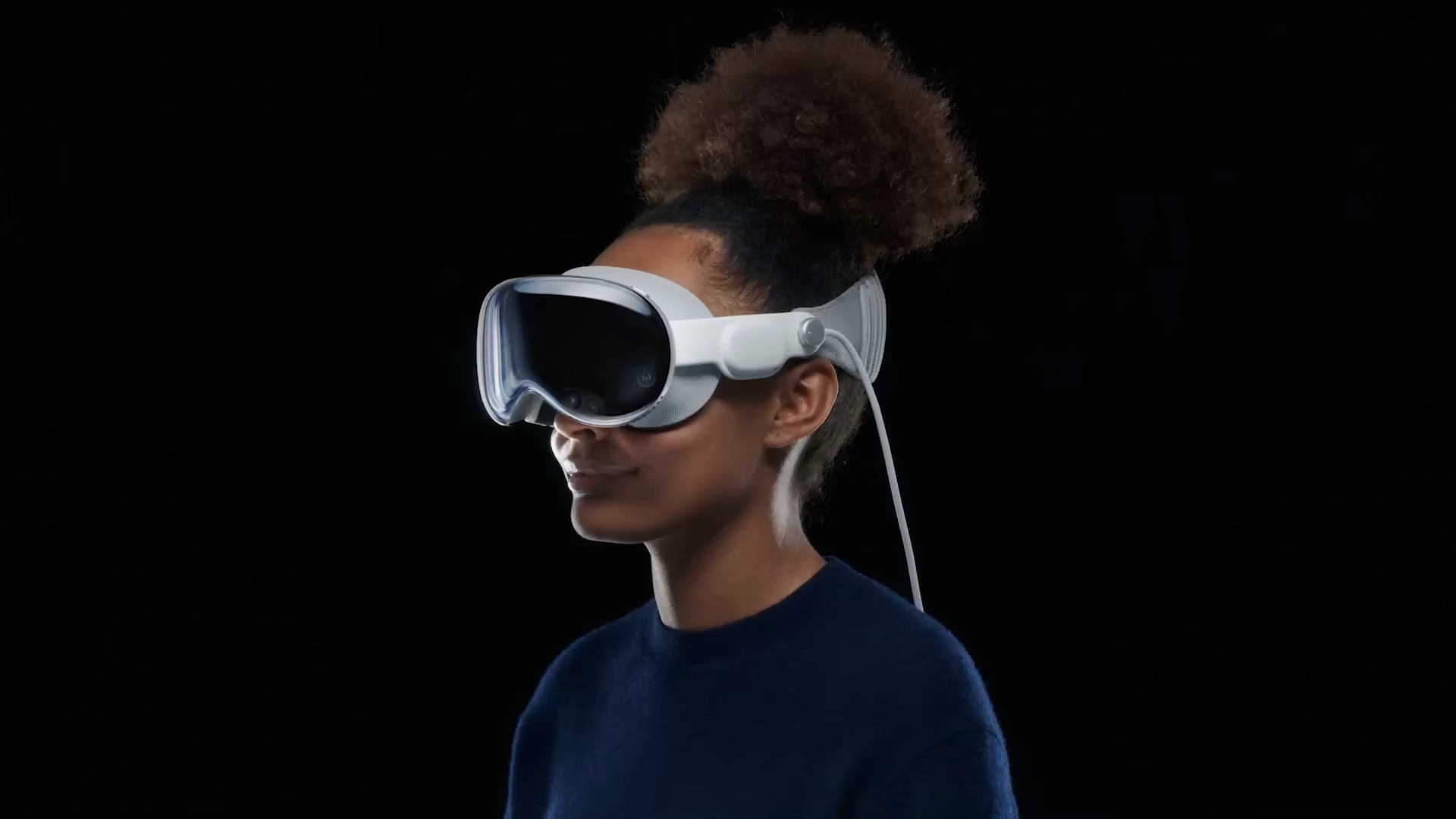Apple's Vision for the Future: Unpacking the Head-Mounted Device Roadmap
It seems like every few years, a new category of consumer electronics emerges, promising to redefine how we interact with technology. Remember the smartphone revolution? Or the wearable tech boom with smartwatches? Well, if Apple's latest strategic moves are anything to go by, we're on the cusp of another seismic shift, and it involves strapping devices to our faces. Yes, I'm talking about head-mounted devices, and according to the ever-reliable Apple analyst Ming-Chi Kuo, Cupertino is all-in.
Kuo, a name synonymous with accurate Apple predictions, recently dropped some fascinating details. He claims Apple views these devices as "the next major trend in consumer electronics." And frankly, it makes sense. We've seen glimpses with the Vision Pro, but what's truly intriguing is the sheer scale of their ambition: three Vision series products and a whopping four smart glasses variants are reportedly in the works. That's seven distinct head-mounted devices. Seven! It's a bold claim, and one that many in the industry watches closely.
The Vision Pro and Its Powerful Core
Let's start with the Vision Pro, the device that first gave us a taste of spatial computing, albeit at a premium price point. Kuo's latest intel suggests the next iteration, equipped with the formidable M5 chip, is slated for a late 2025 launch. Mass production for this bad boy is reportedly kicking off in the third quarter of 2025.
Smart Glasses: The Everyday Wearable Play
While the Vision Pro aims for the high-end, immersive experience, Apple's alleged plans for four smart glasses variants tell a different story. These aren't about full immersion; they're about subtle integration. Think augmented reality overlays, discreet notifications, and perhaps even some health tracking, all in a form factor that's much closer to traditional eyewear. The anticipated launch for these is 2027, which feels like a lifetime away in tech terms, but also gives Apple ample time to refine the technology and, crucially, miniaturize it.
The competitive landscape here is fascinating. Meta, with its Ray-Ban smart glasses, has already dipped its toes in these waters. Apple's entry, especially with multiple variants, suggests a direct challenge. It's not just about competing on features; it's about competing on design, ecosystem integration, and, dare I say, fashion. Can Apple make smart glasses cool enough for mass adoption? That's the million-dollar question. If anyone can, it's probably them, given their track record with AirPods and the Apple Watch.
The "Next Major Trend": Why Head-Mounted Devices?
So, why is Apple betting so heavily on this category? It boils down to the broader trends in consumer electronics: immersion, integration, and the pervasive influence of AI and spatial computing. We're moving beyond flat screens. People want to interact with their digital lives in a more natural, intuitive way. Head-mounted devices, whether fully immersive VR/MR headsets or subtle AR glasses, offer that.
Spatial computing, in particular, is a game-changer. It's about making digital content aware of your physical space, allowing you to place virtual objects in your room, interact with them as if they were real, and even collaborate with others in shared virtual environments. AI will be the invisible hand that makes these interactions seamless, predictive, and truly personal. Imagine an AI assistant that understands your real-world context and proactively offers information or assistance through your glasses. That's the promise.
Challenges and the Road Ahead
Of course, it's not all smooth sailing. Kuo himself noted that a cheaper Vision Pro model has been delayed beyond 2027. This suggests Apple might be prioritizing the premium segment first, perhaps to establish the technology and its use cases before attempting to bring down costs for a broader audience. It's a sensible strategy, but it means mass adoption for the full Vision Pro experience might still be a ways off.
Community sentiment, as observed on platforms like X, is a mixed bag. There's excitement, naturally, about Apple's potential to innovate. But there's also skepticism about timelines, pricing, and the practical implications for daily life. Will these devices truly replace our phones or just complement them? And what about privacy concerns, which are always amplified when cameras and sensors are strapped to one's face? These are not trivial questions, and Apple will need to address them head-on.
The journey into head-mounted devices is a marathon, not a sprint. Apple's ambitious roadmap, as detailed by Ming-Chi Kuo, clearly signals their intent to lead this next wave. With powerful chips like the M5 driving the Vision Pro and multiple smart glasses variants targeting broader appeal, the stage is set. The coming years will be fascinating, as we watch how Apple navigates the technological hurdles, market dynamics, and, crucially, consumer acceptance to truly make head-mounted devices the next ubiquitous piece of tech in our lives. It's a future that's literally staring us in the face.
